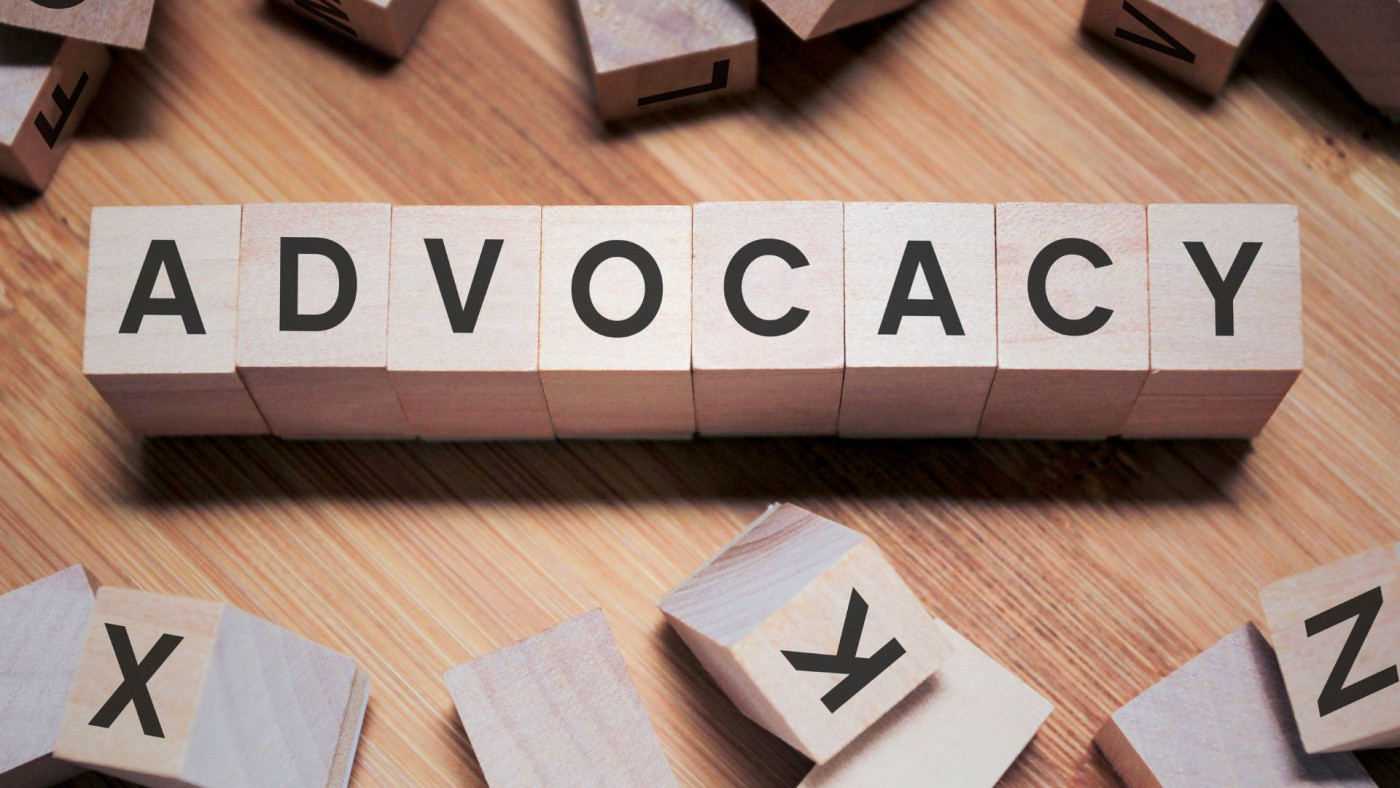There is a fine line between advocacy and lobbying in the context of nonprofit work, and this article aims to clarify the distinction between the two while providing specific scenarios to illustrate their differences.
What is advocacy?
Advocacy takes a proactive and broad approach to promoting a specific cause or issue. It involves efforts to raise awareness, educate the public, and influence decision-makers. These efforts may include developing coalitions, running public campaigns, and engaging with the media. The goal is not necessarily to support the enactment of a particular bill but rather to encourage the community to consider the importance of a specific cause. Nonprofits involved in advocacy typically hold a 501(c)(3) designation. While 501(c)(3)s can engage in lobbying activities, there are strict rules and guidelines limiting the extent of their involvement and the portion of their budget that can be allocated to lobbying efforts.
What is lobbying?
Lobbying, on the other hand, entails encouraging legislation to advance a very specific action, such as advocating for the passage of a particular bill or urging lawmakers to revise specific policies. Nonprofits engaged in lobbying typically hold a 501(c)(4) designation.
Understanding the difference between lobbying and advocacy is crucial due to the firm rules, paperwork, and reporting requirements involved. Noncompliance can have detrimental consequences for nonprofit organizations. For personalized guidance on engaging in lobbying activities, please reach out to the Mighty Penguin team today.
Examples of advocacy
Suppose you are working towards community change, whether it involves establishing a comprehensive bike path network, garnering support for a capital campaign, or increasing support for an animal shelter. Here are some activities that fall under the advocacy category:
- Social media campaigns to spread awareness about promoting a broad cause, highlighting the mission, vision, and goals of the nonprofit
- Sharing stories on media platforms, TV programs, or having discussions on a local podcast to discuss perspectives on the topic
- Hosting community activities that educate and inspire the community
- Encouraging people to attend city council meetings with the goal of encouraging civic engagement
Examples of lobbying
Lobbying takes a very direct approach to influencing what city officials and lawmakers do. This communication may be very direct and demanding of a specific outcome. Typically, it involves asking that they allocate resources to the cause. Here are examples of lobbying:
- Asking for funding for a specific project
- Presenting information with the goal of persuading lawmakers to allocate funds to the cause
- Urging the community to pressure lawmakers into dedicating funds to a specific cause
- Campaigning for a specific individual to make it into office
- Organizing petitions to support a very specific call to action
Can board members, staff, or volunteers advocate at city council meetings?
Simply put, organization affiliates can go to city council meetings to advocate for their cause. However, they may go as citizens, rather than representing their nonprofit. If affiliates go to city council with the purpose of persuading, it could be considered lobbying. If affiliates are going simply to share information and their opinion for a desired outcome, then it is considered advocacy.
How to lobby as a 501(c)(3) organization
Nonprofits with a 501(c)(3) designation can lobby, up to a certain extent. However, the IRS has set guidelines that govern how a nonprofit lobbies.
- Lobbying must not constitute the majority of activities
- Lobbying can only spend up to a certain percentage of their revenues on lobbying
- Lobbying must remain nonpartisan and remain neutral to political candidates
- Nonprofits need to keep records and have clear bookkeeping
- Nonprofits may consider taking an optional 501(h) election to establish specific guidelines unique to your organization
It's always advisable for nonprofits to consult with someone who knows the ropes. Contact the Mighty Penguin Team today for a free consultation.
Can 501(c)(3) organizations start a petition?
Yes, nonprofits with a 501(c)(3) designation can start a petition, but they must be careful of the language and how they promote it to avoid mistakenly falling under the category of lobbying. To start a petition that is considered advocacy work, make sure your petition focuses on raising awareness, educating and informing, and encouraging engagement. The petition should stay neutral and focus on broad support for a general concept.
Advocacy vs. lobbying analogy
Still unsure about advocacy versus lobbying?
Think of it like this:
In the context of advocacy, let's say a friend expresses their personal opinion about choosing a specific restaurant. They talk about their favorite dishes, the convenience of the location, and share past positive experiences. The strategy is focused on sharing opinions and establishing consensus. This friend lets everyone share their thoughts, and the group makes a decision based on collective input.
In the context of lobbying, let's say a friend takes a more direct role in influencing the choice of a restaurant. They proactively share the perks of the specific restaurant, work to sway others, and offer incentives, such as offering to cover the bill. They try to influence the decision through persuasion and negotiation, with the goal of having a favorable outcome in their favor.
Conclusion
Understanding the distinction between advocacy and lobbying is essential for nonprofit organizations to navigate the legal and ethical considerations of their activities effectively. By recognizing the boundaries and strategies of each, nonprofits can maximize their impact while remaining compliant with regulations. Whether advocating for broad causes or lobbying for specific legislative actions, nonprofits play a vital role in shaping communities and advancing social change.


